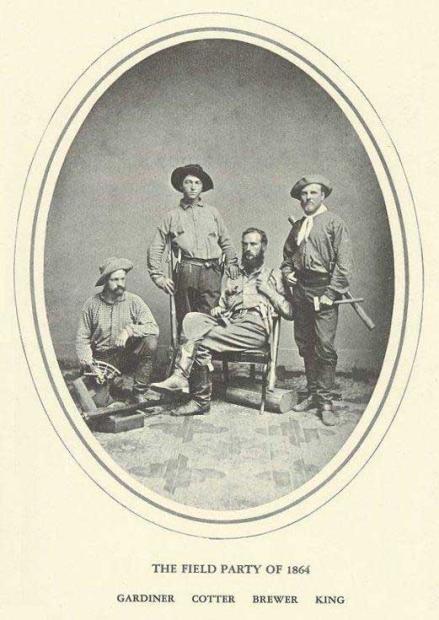
1 of 2 photos
<
>
But if you research the history of endurance sport what you find is documented footracing for thousands of years, then poof, gone, nada, reconstituted in England in the 1830s. In the literature there's a chasmic interregnum between the ancient and modern eras, as if the very notion of endurance competition vanished for 1300 years.
I have a hard time believing an inkling – a human idea – can just vanish. Maybe we don't know about footracing between ancient and modern eras because the time in between lacks documentation, not participation. The sportswriter is a recent construct. But not the sport. Primal-skill sport – who can chuck a spear or shoot an arrow the straightest, and who can run the fastest and farthest – is a social celebration of skills necessary for life.
I have a hard time believing an inkling – a human idea – can just vanish. Maybe we don't know about footracing between ancient and modern eras because the time in between lacks documentation, not participation. The sportswriter is a recent construct. But not the sport. Primal-skill sport – who can chuck a spear or shoot an arrow the straightest, and who can run the fastest and farthest – is a social celebration of skills necessary for life.

2 of 2 photos
<
>
But the line between the real thing – the need to explore, discover, conquer – and the proxy for it blurs. The only difference between the real and its proxy is the risk and the prize purse. If you're John Wesley Powell you might have an interest in white water competition (even with one arm blown off in the Battle of Shiloh). Just, for Powell, the competition was to be the first to navigate the Colorado River through the Grand Canyon (accomplished in 1870; Powell is pictured above).
Reading about Lewis and Clark, Jedediah Smith, and John Wesley Powell feels, tastes and smells something in the same genus as the sport I enjoy, along with the two greatest tales of survival in North American lore, that of Hugh Glass, finally brought to the film in a major way (The Revenant); and the very best, the one you've never heard of, him of the unfortunate name: Álvar Núñez Cabeza de Vaca.
What I feel when a bike or pair of shoes takes me high and deep in the mountains is a small slice of William Brewer's day as he kept his journal, Up and Down California in 1860-1864, documenting his experience as part of the California Geological Survey. Just as Thomas Jefferson sent Lewis and Clark out to kick the tires of the land he just purchased, no one governing the new state of California was much acquainted with its resources, geography, ethnology, or natural history. So they sent these guys out.
The Sierran high points, Mounts Whitney, Brewer, Hoffmann and Cotter, are named after expedition members. Clarence King often peeled off during his science work to bag one of his many Sierra Nevada first ascents. Expedition members were the first to view Kings Canyon, now a National Park.
Brewer was the survey's botanist and he kept a crackerjack journal. These were scientists (Clarence King became the first director of the U.S. Geological Survey, Powell was its second director), but when you read Brewer's book, even more King's Mountaineering in California, these read much more like descriptions of extreme and endurance sports undertaken on the boss's dime.
Reading about Lewis and Clark, Jedediah Smith, and John Wesley Powell feels, tastes and smells something in the same genus as the sport I enjoy, along with the two greatest tales of survival in North American lore, that of Hugh Glass, finally brought to the film in a major way (The Revenant); and the very best, the one you've never heard of, him of the unfortunate name: Álvar Núñez Cabeza de Vaca.
What I feel when a bike or pair of shoes takes me high and deep in the mountains is a small slice of William Brewer's day as he kept his journal, Up and Down California in 1860-1864, documenting his experience as part of the California Geological Survey. Just as Thomas Jefferson sent Lewis and Clark out to kick the tires of the land he just purchased, no one governing the new state of California was much acquainted with its resources, geography, ethnology, or natural history. So they sent these guys out.
The Sierran high points, Mounts Whitney, Brewer, Hoffmann and Cotter, are named after expedition members. Clarence King often peeled off during his science work to bag one of his many Sierra Nevada first ascents. Expedition members were the first to view Kings Canyon, now a National Park.
Brewer was the survey's botanist and he kept a crackerjack journal. These were scientists (Clarence King became the first director of the U.S. Geological Survey, Powell was its second director), but when you read Brewer's book, even more King's Mountaineering in California, these read much more like descriptions of extreme and endurance sports undertaken on the boss's dime.
PREV
NEXT
1 of 2 photos


>
<

